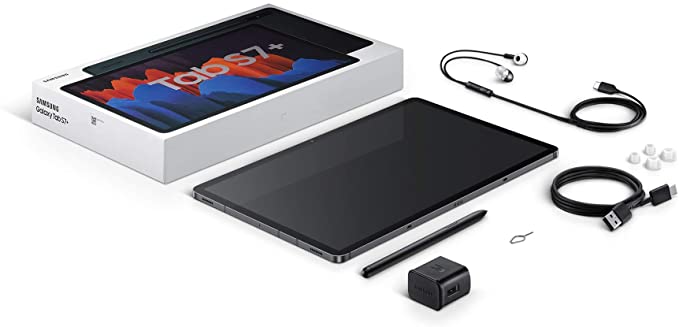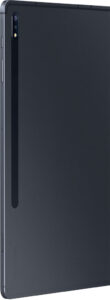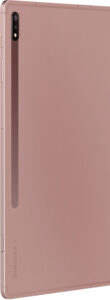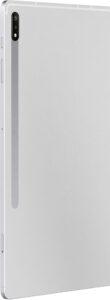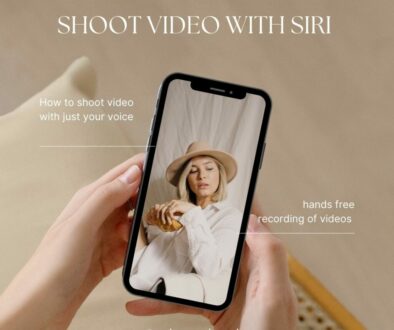Apple iPad Air 4th Gen 10.9-inch vs Samsung Galaxy Tab S7 11-inch
Many would pitch the Apple iPad Pro 11-inch against the Samsung Galaxy Tab S7 11-inch but what about the iPad Air 4th generation. The latest iPad Air adopts the new iPad Pro design, powered by the new A14 Bionic chip with Neural Engine, it is every bit as capable as the iPad Pro 11-inch 2nd generation but at a much lower price, competing directly with Samsung Galaxy Tab S7.
2020: A Busy Year for Apple
Apple is pushing through product launches after product launches this year. Earlier in the year, we got the iPad Pro 4th generation, Magic Keyboard, MacBook Air and Mac mini. This is followed by Apple iPhone SE, MacBook Pro 13, iMac 27-inch towards the middle of the year. Even a prototype Mac mini based on A12Z Bionic was launched, available to developers.
In September, we saw the Apple Watch Series 6, Apple Watch SE, iPad Air 4th Generation and iPad 8th Generation. Finally, the Apple Event in October 13 sees the launch of two iPhone 12 Pro, two iPhone 12 and HomePod mini.

Apple iPad Air 4th Gen: a Direct Competitor to the Samsung Galaxy Tab S7 11
It doesn’t take long for one to figure out that the new iPad Air 4th Gen is in fact Apple’s answer to the smaller Samsung Galaxy Tab S7 with 11-inch display. While Samsung has been playing catchup by mirroring Apple’s Pro offerings. Launching two pro-level tablets, the Samsung Galaxy Tab S7 with 11-inch display and Tab S7+ with 12.4-inch display. Apple went and launch a much improved iPad Air 4th generation that could even rival its own iPad Pro 11 (2nd generation 2020).
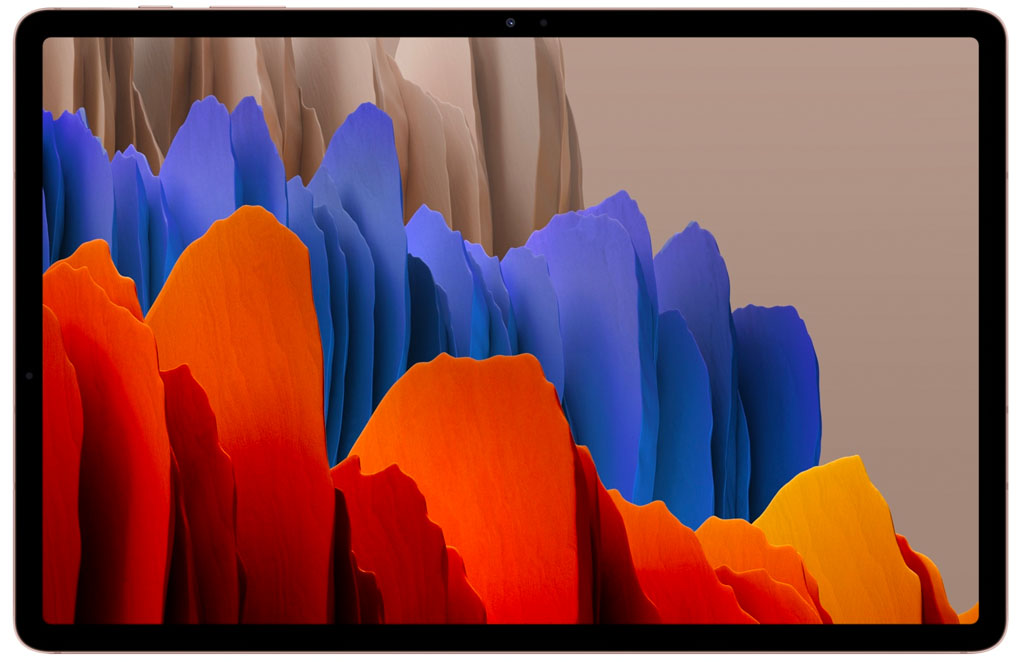
Apple iPad Air 4th Gen 10.9-inch vs Samsung Galaxy Tab S7 11-inch
We take a blow-by-blow account of the two tablets (iPad Air 4th Gen vs Galaxy Tab S7) to see which comes up on top.
1. Display
Unlike the bigger Samsung Galaxy Tab S7 12.4-inch with its Super AMOLED panel, the Galaxy Tab S7 only has an 11-inch LCD display. Still, it packs quite a lot of pixels at a resolution of 2560 x 1600 with a pixel density of 276ppi. The Apple iPad Air 4th Gen on the other hand comes with a 10.9-inch Liquid Retina display (LCD) with 2360 x 1640 resolution and a pixel density of 264 ppi. Both display supports P3 wide colour and 500 nit brightness.
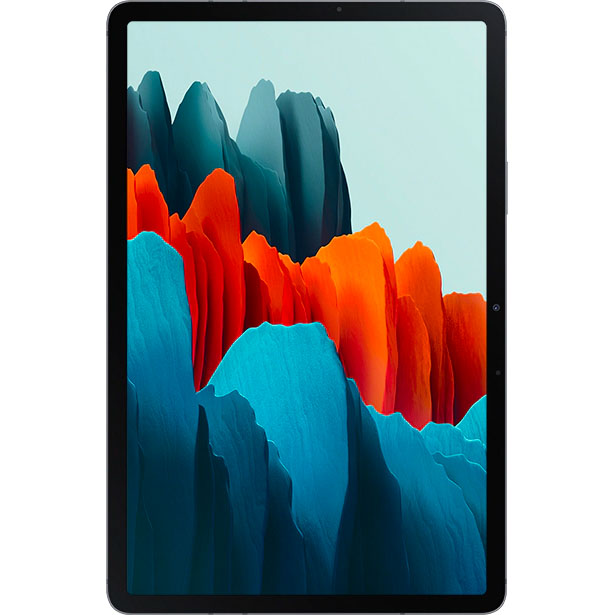
By those numbers alone, the display on Samsung Galaxy Tab S7 has the upper hand here. It goes further by improving the refresh rate, boasting up to 120Hz refresh rate for smoother scrolling and jitter free fast motion video and Low Blue Light support. It is slightly bigger and packs more pixels per inch. The refresh rate is set dynamically, adjusted according to user’s applications and scrolling, to preserve battery life.
Apple iPad Air 4th Gen: 10.9-inch Liquid Retina Display LCD 2360 x 1640, 264ppi, P3 wide colour range, 500 nit brightness, True Tone
Samsung Galaxy Tab S7: 11-inch LTPS LCD 2560 x 1600, 276ppi, P3 wide colour range, 500 nit brightness, Low Blue Light certification
Winner: Samsung Galaxy Tab S7
2. Processor
The Apple iPad Air 4th generation is powered by Apple A14 Bionic 5nm chip, a 64-bit ARM SoC which is reported to be 40% faster than the A12 and 16% faster than the A13 chip. The onboard GPU is also up to 30% faster than that on A12.
The Samsung Galaxy Tab S7 is powered by the flagship Qualcomm Snapdragon 865+ Mobile Platform. The chip powers most flagship smartphones and tablets currently in the market. Samsung claims the Tab S7 is up to 25% faster than Tab S6 in CPU performance, 36% faster in graphics performance and 77% faster neural processor.

There is no direct comparison between both chips in the real work as these chips are designed specifically by the manufacturers to enhance the way it interacts with the applications e.g. when using camera, 5G connectivity, Graphics intensive apps, Games, WiFi6 etc. But the figures from Geekbench puts the 5nm Apple A14 Bionic in the lead for both single core and multi core performances.
The Apple A14 Bionic is also more energy efficient as it is based on 5nm fabrication process, packing more transistors to handle more operations per second at lower power. In short, the Apple A14 Bionic can handle up to 11.8 billion processes compared to 10.3 billion processes in the Snapdragon 865 Plus. This gives the Apple iPad Air 4th generation a lead.
Apple iPad Air 4th Gen: Apple A14 Bionic 5nm chip 64-bit ARM SoC 5nm 6-core platform
Samsung Galaxy Tab S7: Qualcomm Snapdragon 865 Plus 64-bit Mobile 7nm 8-core Platform
Winner: Apple iPad Air 4
3. Cameras (front and back)
The following comparison is based on specifications alone. The iPad Air 4 comes with a single 12MP camera with OIS, while the Galaxy Tab S7 comes with a dual camera setup; a 13MP Wide and a 5MP Ultra Wide angle camera.
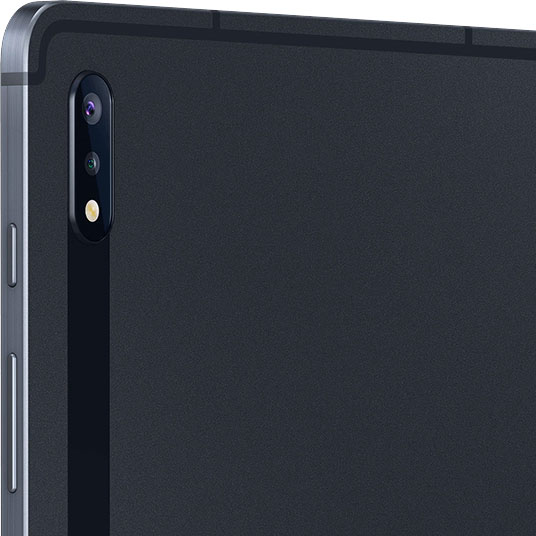
As for the front cameras, the iPad Air 4 is equipped with a 7MP selfie camera while the Galaxy Tab S7 has an 8MP selfie camera.
Apple iPad Air 4th Gen: 12 MP, f/1.8, (wide), 1/3″, 1.22µm, dual pixel PDAF, HDR support rear camera, 7 MP, f/2.2, 31mm (standard) with HDR support front camera.
Samsung Galaxy Tab S7: 13 MP, f/2.0, 26mm (wide), 1/3.4″, 1.0µm, AF and 5 MP, f/2.2, 12mm (ultrawide), 1.12µm, HDR support for rear cameras, 8 MP, f/2.0, 26mm (wide), 1/4″, 1.12µm for front camera.
Winner: Samsung Galaxy Tab S7
4. Video Recording Capabilities
The Galaxy Tab S7 carries a dual rear camera setup with a pair of 13MP and 5MP sensor with flash. On the front, you get an 8MP camera. As for video recording capabilities, the rear cameras support 4K video capture at 30fps while the rear camera supports Full HD video capture up to 30 fps.
As for the iPad Air 4, it relies only on a single sensor for its main camera, but that 12MP camera can capture 4K video at up to 60fps.
Apple iPad Air 4th Gen: 4K@24/30/60fps, 1080p@30/60/120/240fps; gyro-EIS with rear camera, 1080p@30/60fps with front camera
Samsung Galaxy Tab S7: 4K@30fps with rear camera, 1080p@30fps with front camera
Winner: Apple iPad Air 4
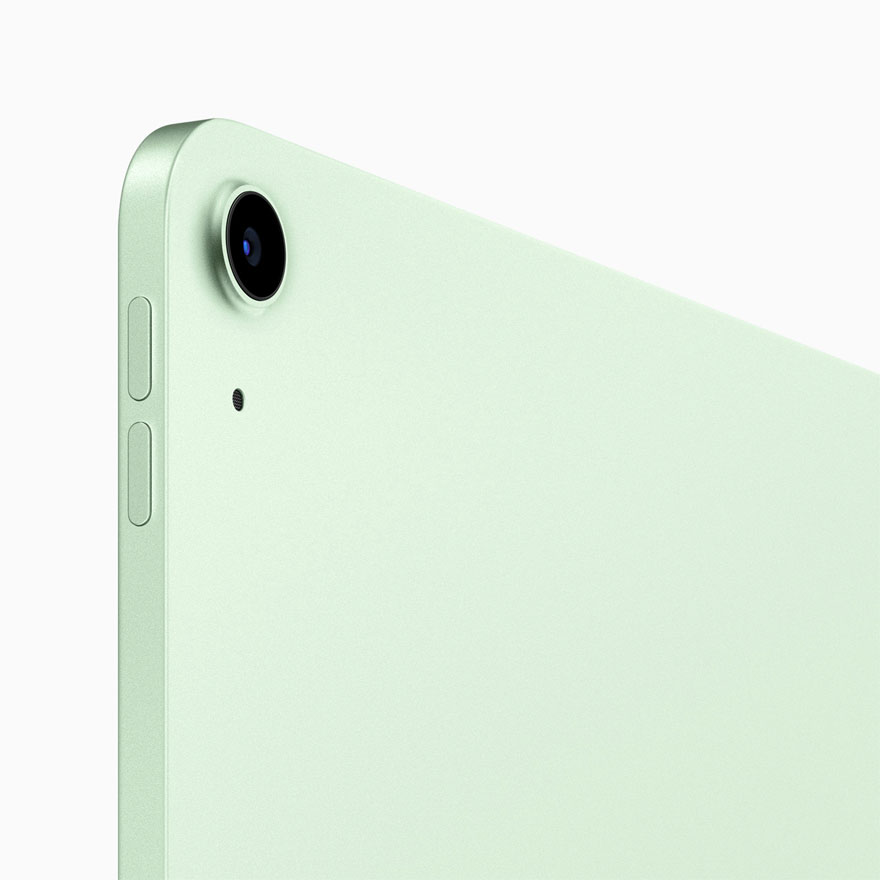
5. Speakers & Audio
The Galaxy Tab S7 has quad firing speakers tuned by AKG. The iPad Air 4 has only two stereo speakers in landscape format and supports wide audio. This is a step down from iPad Pro’s quad firing speakers. Still, both tablets can produce sufficiently loud and clear volume from their speakers to offer an immersive sound experience no matter the application. The Galaxy Tab S7 has an edge with impressive sound quality with surround effects to boot.
Apple iPad Air 4th Gen: stereo dual firing speakers in landscape format for wide audio
Samsung Galaxy Tab S7: stereo quad firing speakers in landscape format tuned by AKG and support Dolby ATMOS
Winner: Samsung Galaxy Tab S7
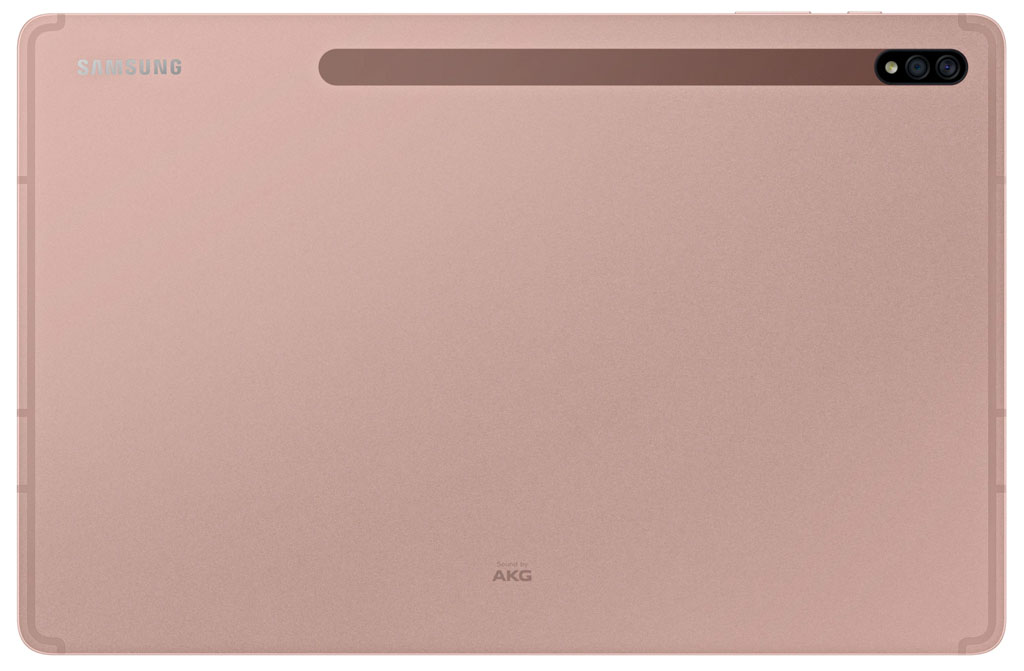
6. Stylus & Optional Keyboard Accessories
The Samsung Galaxy Tab S7 boasts a new, more responsive S7 with true writing experience. It also supports magnetic charging, but the charging port is on the back of the tablet. The Apple iPad Air 4 with new iPad Pro look and feel has also received a boost in the stylus department and now supports Apple Pencil 2 with magnetic charging on the long edge.

But Samsung has an advantage over Apple here in that the S Pen is included while with the Air 4, it is an optional purchase which makes the total cost of ownership higher. Also, the S Pen works brilliantly on the tablet and is super responsive. Use it for photo editing, annotating, handwriting recognition or Air actions for remote controls. There is little to no lag thanks to ultra low latency.
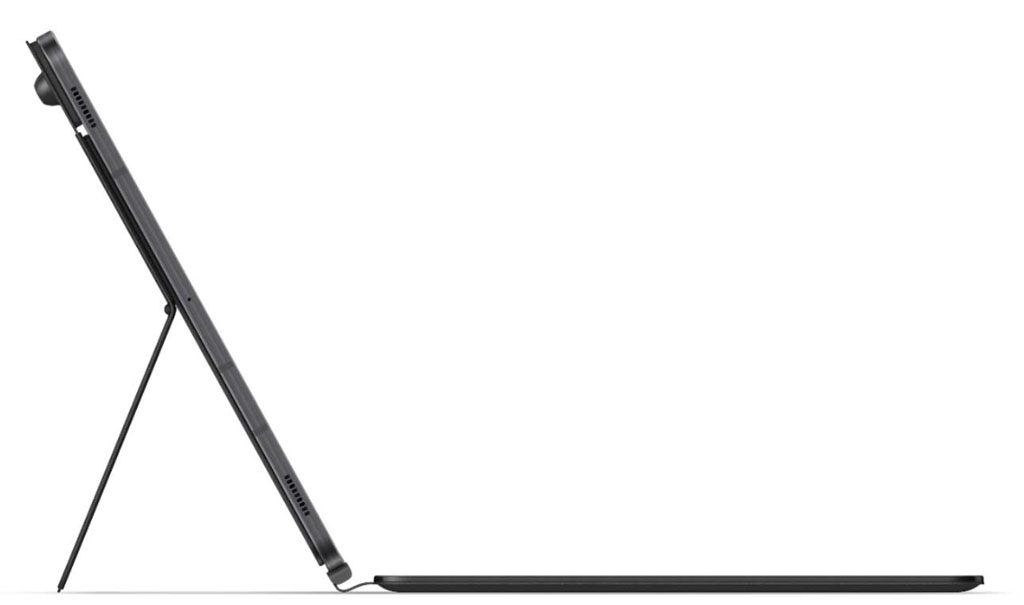
As for optional keyboard accessories, the Book Cover Keyboard from Samsung comes with big and tactile keys, function keys as well as 42% larger track pad. The iPad Air shares the optional Magic Keyboard and Smart Keyboard Folio with iPad Pro 11-inch. In comparison, the Samsung Book Cover Keyboard is more like the Magic Keyboard minus the floating hinge. Instead, the keyboard comes with a kickstand for the Galaxy Tab S7.

Simply on the basis of the stylus being included, the Galaxy Tab S7 is a better option. The Apple Pencil 2nd generation is a separate purchase costing a whooping $129.
Apple iPad Air 4th Gen: Apple Pencil Gen 2, optional Magic Keyboard or Smart Keyboard Folio
Samsung Galaxy Tab S7: Samsung S Pen, optional Book Cover Keyboard
Winner: Samsung Galaxy Tab S7
7. Battery Life
The Samsung Galaxy Tab S7 has an 8000mAh battery capacity while the Apple iPad 4 comes with a 28.6Wh battery. How long the tablets last in actual real-world applications is anyone’s guess but a quick comparison would be the recorded time achieved by both tablets handling video playback. In this respect, the Galaxy Tab S7 excels with up to 15 hours, 5 hours more than the 10 hours achieved by the iPad Air 4.
Apple iPad Air 4th Gen: Up to 10 hours of video playback or surfing, 28.6-watt hour, USB-C fast charging
Samsung Galaxy Tab S7: Up to 15 hours of video playback, 45W super fast charging supported
Winner: Samsung Galaxy Tab S7

8. Mobile and Wireless Capabilities
Both tablets come with WiFi and LTE options. Only the bigger Galaxy Tab S7+ with 12.4-inch comes with 5G super fast broadband connectivity. This puts both tablets’ wireless and mobile connectivity options on par.
Apple iPad Air 4th Gen: WiFi only or WiFi and Cellular. WiFi 6, dual band, HT80 with MIMO, Bluetooth 5.0, Gigabit class LTE
Samsung Galaxy Tab S7: WiFi only or WiFi and Cellular. WiFi 6, dual-band, HE80 with MIMO, 1024-QAM, LTE, Bluetooth 5.0, LTE
Both tablets do not come with NFC support.
Winner: Draw
9. Storage
The starting storage on the iPad Air 4 is only 64GB. You can choose to pay more, $150 more for a higher model with a bigger 256GB storage. There is only one storage option on the Galaxy Tab S7, 128GB but it comes with a micro SD card slot that supports up to 1TB of storage. While not as elegant as a built-in microSD card slot, the iPad Air 4 lets you connect flash drive or hard drive via its USB-C port. In any case, we see the starting storage at 128GB on the Galaxy Tab S7 being a great advantage for the tablet itself both in speed and reliability.
Apple iPad Air 4th Gen: 64GB or 256GB
Samsung Galaxy Tab S7: 128GB with up to 1TB via microSD card
Winner: Samsung Galaxy Tab S7
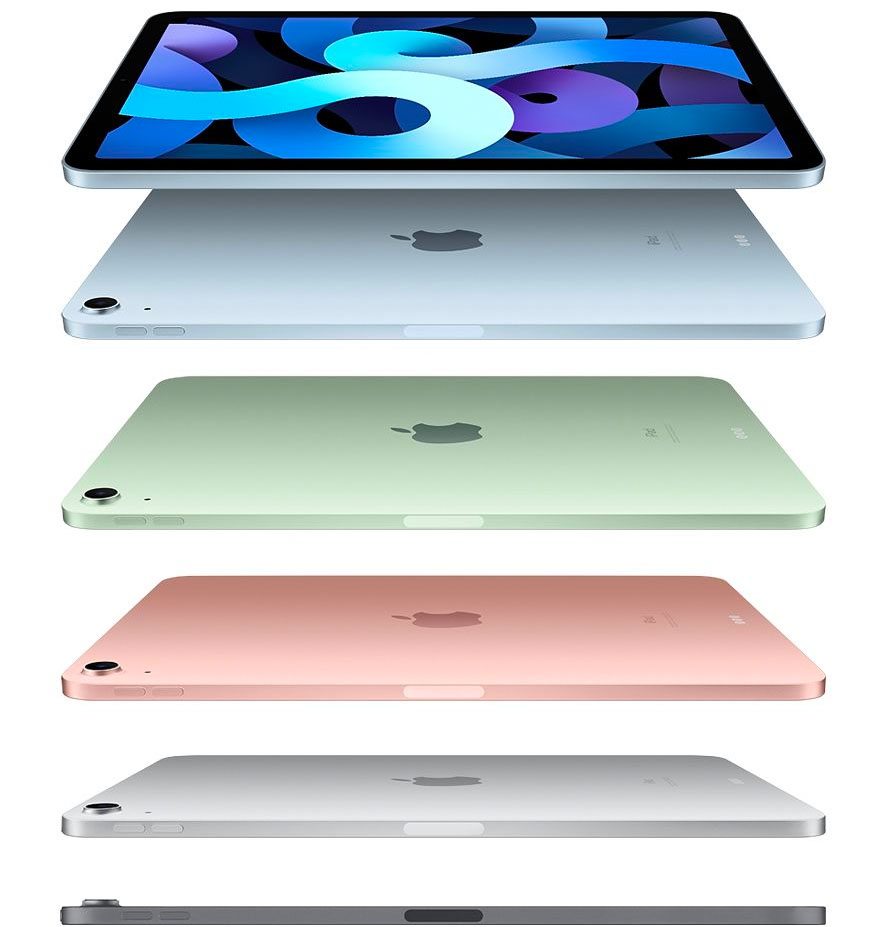
10. Dimensions and Weight
Finally, we look at how small and light these devices are compared to one another. The Galaxy Tab S7 weighs 498grams (WiFi), 500grams (LTE), 520grams (5G) and measures 6.3mm thin. The iPad Air measures slightly thinner at 6.1mm but weighs a whole lot lighter at 458grams (WiFi) and 460grams (LTE). That puts it at 38 grams lighter when comparing WiFi only models and 42 grams lighter when comparing WiFi and LTE models.
Apple iPad Air 4th Gen: 458 grams (WiFi), 460 grams (LTE), 6.3mm thin.
Samsung Galaxy Tab S7: 498 grams (WiFi), 500 grams (LTE), 520 grams (5G), 6.1mm thin. H165.3 x W253.8 x D6.3mm
Winner: Apple iPad Air 4
Both devices use side mounted finger print sensor for login and payment. Both tablet also supports also support smart keyboard covers and desktop like user experience with iPadOS and Samsung DeX, respectively. For connectivity, both tablets support WiFi 6, Bluetooth 5.0, USB-C for charging and accessories and smart magnetic connector for keyboard. In terms of colour options, the Galaxy Tab S7 is avaialble in mystic black, mystic bronze or mystic silver. There are 5 colour options available with the iPad Air, they are space gray, silver, rose gold, green and sky blue.
Here is the final tally. The Galaxy Tab S7 is ahead with 7 points while the iPad Air 4 gained 4 points. This does not mean that the iPad Air 4 is rubbish. If you are invested in Apple’s ecosystem, loves the iOS and particularly the new iPadOS, familiar with the iPad and have extra cash to burn on accessories such as Apple Pencil 2 and Magic Keyboard then naturally the iPad Air 4 is your choice.
| iPad Air 4 | Galaxy Tab S7 | |
| Display | 0 | 1 |
| Processor | 1 | 0 |
| Camera | 0 | 1 |
| Video Capabilities | 1 | 0 |
| Speakers & Audio | 0 | 1 |
| Stylus & Optional Keyboard | 0 | 1 |
| Battery Life | 0 | 1 |
| Mobile & Wireless | 1 | 1 |
| Storage | 0 | 1 |
| Dimensions & Weight | 1 | 0 |
| 4 | 7 |
Outright, the Galaxy Tab S7 may cost a bit more but it comes with double memory, slightly bigger display, better dual camera setup, sound, battery and option to expand the storage via microSD. The S Pen is also included, which makes it better value for money.
